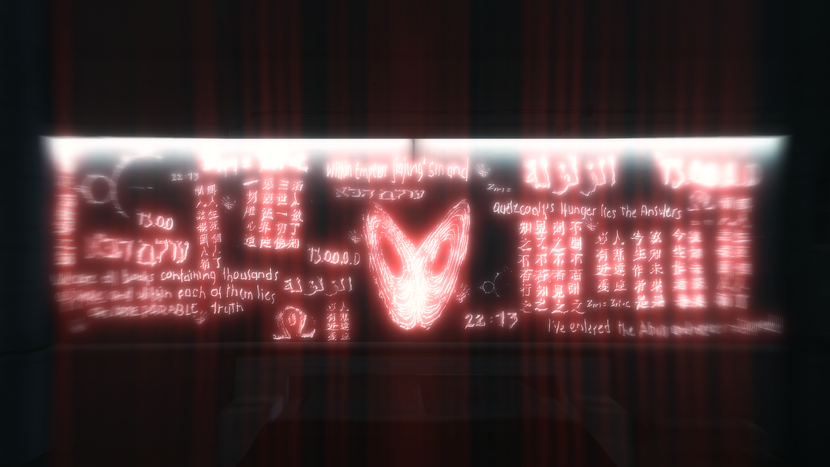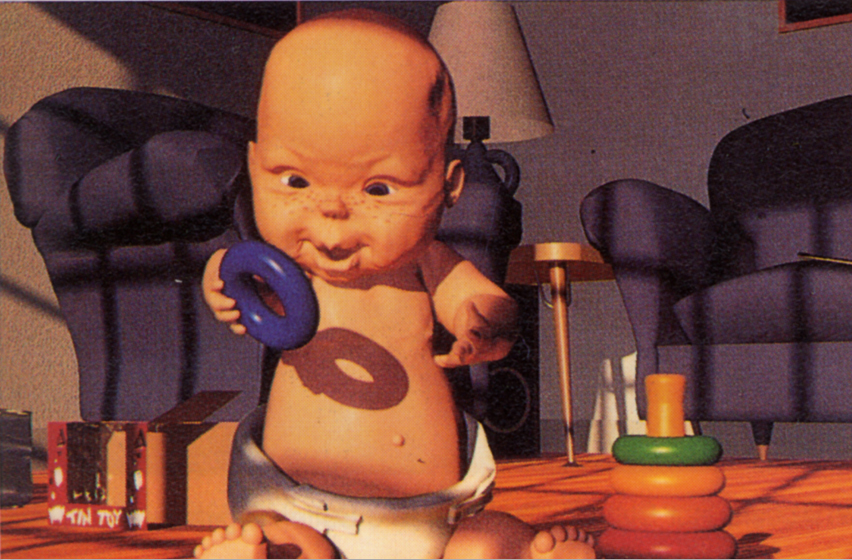'One such is the 'uncanny'. There is no doubt that this belongs to the realm of the frightening, of what evokes fear and dread.'
Freud talks of the uncanny as something that induces distress and a sense of discomfort. The aesthetics of this 'thing' do not create a positive atmosphere/sense and are therefore repulsed and make those surrounded by it distressed. Yet Freud does not say this uncanny effect of just anything... he talks of a
'species of the frightening that goes back to what was once well known and had long been familiar.'
Not just anything that was once familiar such as an old building which is recognisable in ways but not others, but something that creates intellectual uncertainty and results in doubtfulness of how to explore and perceive it. These things are somewhat ambiguous because a viewer could attempt to interpret them in any such way that they saw fit making up multiple interpretations and magnifying the obscurity of these 'things'.
Something I pulled out of Freud's essay was the focus of the uncanny on persons and objects/belongings, sense impressions, and experiences and situations. These aspects are what seem to exhibit uncanniness when mixed with intellectual uncertainty about what was once familiar about them.
Some would say that if something that was once familiar but no longer is is uncanny doesn't everything new fit this description but they are forgetting something. It is not this alone that makes something uncanny. There has to be a sense of uneasiness about it, a sense of misinterpretation and of obscurity so not everything new is uncanny.
'Something must be added to the novel and unfamiliar if it is to become uncanny.'
Examples of the uncanny would be...

Doubt if a lifeless object might be animate. Here the audience is overcome with the feeling of being watched by these robots because of their resemblance with the rules of the physical world. They feel as if they would fit in as real humans yet are static and hyper-real with their perfection which just makes the audience feel uneasy with their presence.

Doubt if an animate object is actually alive. The conductor in The Polar Express is uncannily realistic that there is something wrong about his appearance in an animated film. He doesn't sit well and through Baudrillard's theory on hyper-reality he blurs our distinction between what is actually real and what is artificial. This is known as the Uncanny Valley.

Doubles. Second self-observation, repetiton so no individuality the doppelganger is binary opposite to the original, but which is the original. This is what creates an uncanny sense relating to doubles; the feeling of which one is the real one? It doesn't seem right that two beings can be the same. The doppelganger is an object of terror and is seen as the harbinger of death. Also, seeing yourself in a mirror as something you would not expect (doing different actions, something behind you).

The repetition of numbers/symbols. This was a big part of Assassin's Creed and some of the symbols such as the Assassin order and templar symbols would automatically be associated with certain feelings and when seen around the game they would automatically create an emotion. However, some symbols have appeared throught all the past games multiple times and have yet been revealed what they stand for. When these symbols are seen during gameplay the player has a feeling of uncertainty and vagueness about the knowledge of them. Another big example of repetition of numbers is of course Lost's 4, 8, 15, 16, 23, 42 sequence.
Unintentional return/repetition. An example of this is a chapter of Tales of Monkey Island where whichever route the player decides to take they end up back at places they previously visited and it is their job to figure out how to stop this happening.

Issolation through unusually empty spaces. An unusually empty bus which is normally crowded would be an example of this as well as usually packed streets and stations. I once had the strange happening of being on the platform of a tube station alone which actually gave me the creeps because of how strange it is.


Possessed dolls and evil ghosts/spirits ignite our fear of the unknown in death and the afterlife.
'This is the fact that an uncanny effect often arises when the boundary between fantasy and realisty is blurred, when we are faced with the reality of something that we have until now considered imaginary.'


No comments:
Post a Comment